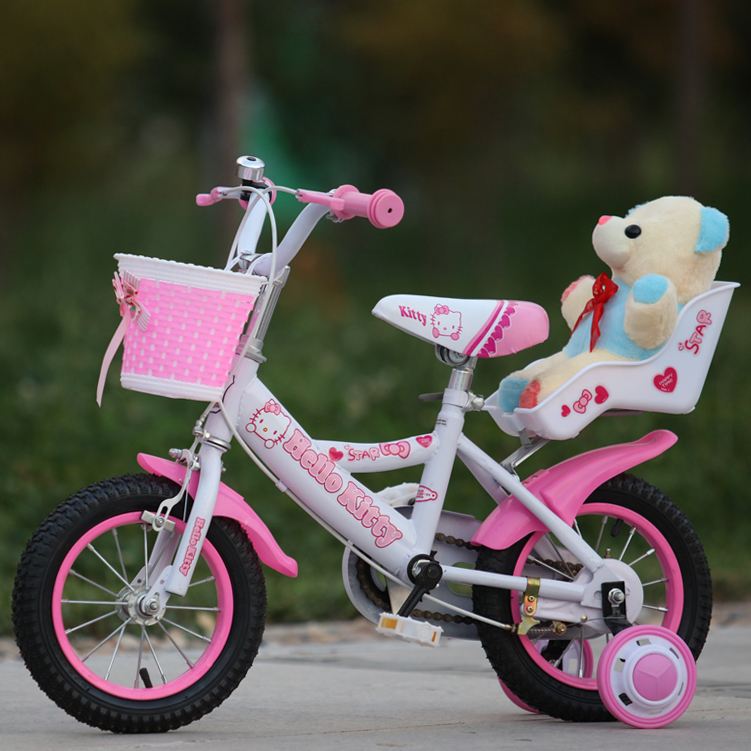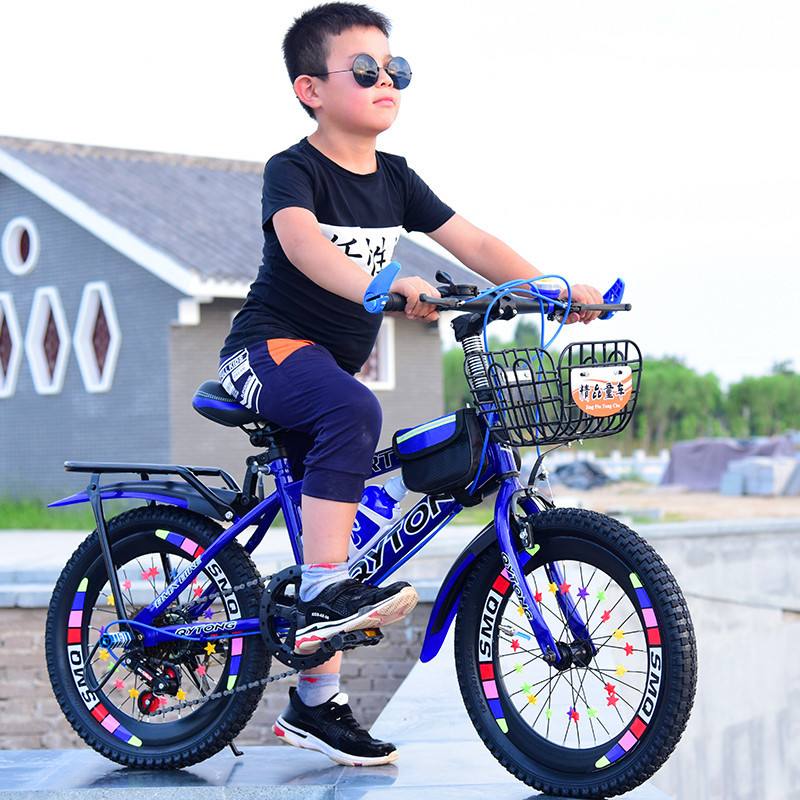You most certainly aren’t the only one who is uncertain about what size bike to purchase for a 4-year-old. Because there are so many brands, sizes, and styles to choose from, it can be difficult to make a decision. So, what size bike for a 4 year old?
Table of Contents
What Size Should My Child’s Kid’s Bike Be?
Kids’ bikes are sized based on wheel size rather than frame size. The smallest balance bikes are 12″ in length. wheels while the largest kids bikes utilize 26” wheels.
Take an updated measurement of your child’s height and compare it to the kid’s bike size chart posted below to choose the appropriate size. A starting point should be kept in mind when using the chart. use these additional metrics to confirm the correct size:
Leg Inseam
Your child can pedal more easily and comfortably if the bike’s inseam length matches theirs. Additionally, they can effortlessly get off the bike and stand over it safely while it is stopped. To double-check the chart, measure their leg inseam.s size suggestion.
Age
Age can be a useful indicator of the proper size. Our children’s bike size chart is based on an age range of average heights, but because children grow at different rates, it may not always be accurate.
Rider Ability
Larger wheel sizes can fit children with more seasoned biking skills. A rider’s ability to “size up” early if they already have a good sense of balance and bike handling. Until they gain a little more confidence, developing riders should stick with a smaller bike size.
What Size Bike For A 4 Year Old?
If you do want to keep the acquisition of what may be their first set of wheels a complete secret, then you’ll need to:re going to need to measure the height of your four-year-old before you do anything. To accomplish that without raising any red flags should be simple enough. After all, for at least the first fifteen years of our lives, we were probably all routinely compared to our siblings!
With kids’ bikes, the crucial consideration as we just mentioned is the wheel diameter. You can refer to size charts provided by the majority of manufacturers, which list the wheel size, the child’s height, and the child’s age in years. If your four-year-old is particularly tall, you might need to choose a 14-inch wheel rather than a 12-inch wheel.
As a guide, you can use this handy chart put together by a popular bike company called Halfords.
Measuring Your Kids For Their New Bike
For children, 12″ is the most typical wheel diameter., 14”, 16”, going all the way up to 20”. But for the majority of 4-year-olds of average size, the 14″ is going to be the optimal one. In order to ensure that you are getting the right size, it is still best to measure your child.
You must take an inseam measurement to properly measure your child. The best way to do this is to have your child lean their back against a straight wall while they are standing barefoot, and then mark the top of the inner thigh, just above the crotch, with a pencil.
Next, using a tape measure, determine how far the pencil mark is from the ground. This is crucial because, particularly when they are first learning to ride, you want your child to be able to plant their feet firmly on the ground. Especially when they first remove those stabilizers, they’re probably going to be less unsteady and frequently need to stop. Being able to plant their feet firmly on the ground will therefore give the child more self-assurance.

Balance Bike Vs Training Wheels
As soon as you go to buy your child’s first bike, you will have three options: tricycle, training wheels, or balance bike. What makes a difference? We will break it down for you:
Tricycle: Three-wheeled bicycle Typically very low to the ground and therefore very stable, children’s tricycles are. Trikes are a bit difficult to maneuver and, unlike bicycles, do not teach balance. However, they are really adorable!
Training Wheels: a two-wheeled bike accessory. Several parents believe that this is how you learned to ride a bike. Training wheels sound like a great idea because the kid can learn to ride with them on and then have a regular bike when it’s time to take them off. The drawback of training wheels is that they act as a crutch for the child, preventing them from learning to balance. Young riders may find training wheels to be a little unsteady.
Balance Bikes: These bikes require the child to sit on the saddle, scoot, and balance because they have only two wheels and no pedals. According to many resources, learning to balance is the most difficult part of learning to ride, so for kids who start out on a balance bike, switching to a pedal bike is simpler.
The decision is ultimately up to you and your family. You can also get advice from your neighborhood bike shop to choose the best option for your kid.
Ride & Tested
Even though height charts are a good place to start, taking your child for a test ride can be very helpful in determining the right size bike. To help ensure a comfortable fit, here are a few key things to watch out for when putting a bike to the test:
- Taking a Seat- Your child’s feet should comfortably touch the ground when they are seated on the bike’s seat. Otherwise, stopping might be more challenging due to the seat’s excessive height.
- Leveling the Pedals- There are two potential issues that might occur while pedaling if the bike is the wrong size. Your young child is the first.s knees bumping into the handlebars. The bike must be too small because of this. In contrast, the bike is too big if your child has trouble pedaling smoothly and appears to be overextending their legs.
- Setting the Bar- If your child is standing, they should be able to straddle the bike.s middle bar with their feet flat on the ground. There ought to be 1″ with a bike that is the proper size. to 2&If the bike needs to be tilted in order to fit underneath your child, there are insufficient clearance.s legs, it is too large.
- Handling with caution- With their arms only slightly bent, your child should be able to comfortably steer the handlebars. It can also be a sign that the bike you are considering is too big if they are overstretching.
Conclusion
Generally speaking, wheel diameter of 12″ or 14″ should be acceptable. However, it’s always advisable to take your child’s measurements and consult the manufacturer’s sizing recommendations before making that exciting initial investment in a new kid’s bike.
Related article:



